We’re continuing our series documenting the Wilsonart Student Chair Design Competition at SDSU. The next step in the competition is an exercise in chair building that serves to get the students acquainted with chair building, in an unconventional way…
The biggest mistake you could ever make is being too afraid to make one. – Unknown
Expectations are paralyzing: The pile of plywood, the stack of laminate, the blank piece of paper. “The difference between an amateur and a professional is in their habits.” The writer Steven Pressfield explains, “An amateur craps out. A professional shows up, does his work and keeps truckin’ no matter what.” How do you get a student to turn pro? You throw them in the deep end of the pool and let them swim.
“Every year we try to refine the Wilsonart Student Chair competition by making adjustments to the class,” explains program manager Grace Jeffers. This year’s solution came from San Diego State University professor Matthew Hebert, in the form of what Hebert calls “The Quick and Dirty Chair Class.”
Hebert explains, “In a course where the entire semester is spent on the design and development of one finished chair, I thought it would be essential to “knock the rust off” right at the beginning. It seemed to me that an effective means to this end was to challenge the students to make two chairs of two different types within two weeks. In order to sidestep any sort of hesitation or overthinking in the process, the material palette was limited to scrap materials that were already at hand in the Furniture Design and Woodworking studio.”
This move freed the students up to design intuitively and without fear of expensive mistakes. The results of this exercise are exciting and risky, and represent a great effort on the students’ part. “The results are wonderful chairs which are alive with gesture and silhouette.” Says Jeffers. “There is an inherent freedom to these forms that I seldom see in chairs that have been belabored over the course of a semester.”
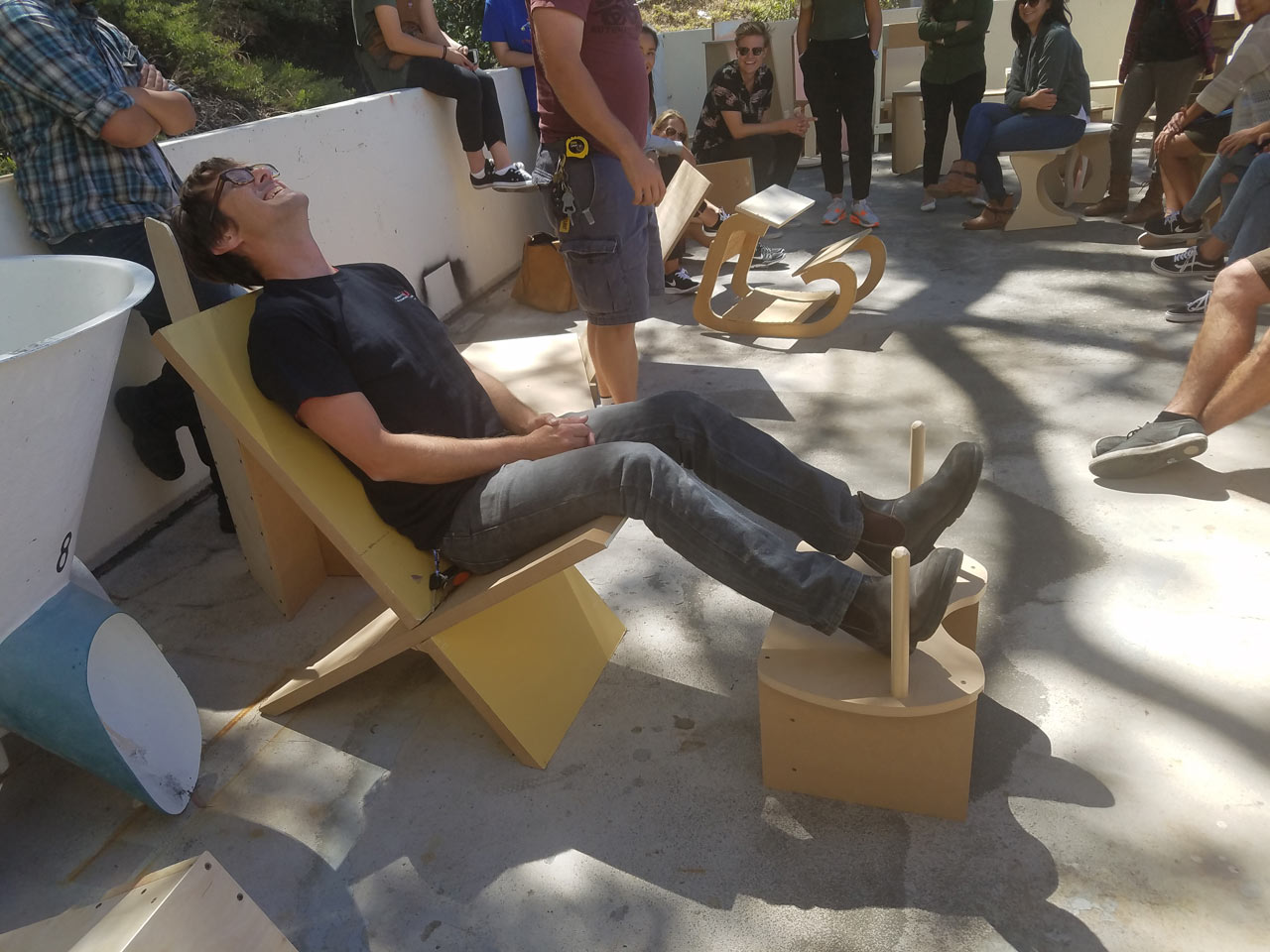
Matthew Hebert enjoying Laila Said’s recliner and Chuck Thomson’s birthing stool! Photo by Aleya Lanteigne
“Additionally, the design bank of chairs currently serves as a type of library for the students, allowing them to try different seat heights and angles and consider how these critical dimensions completely change the look and experience of a chair.” explains Hebert.
Now let’s see what the students thought. Andreas Imfeld, a foreign exchange student from Sweden describes: “My major is in mechanical engineering towards industrial design which means I’ve spent a lot of time designing products using vector graphics and CAD. But I lack experience in actually building something with my hands, so for me this exercise was a great opportunity to practice building. Just learning how to operate the basic machines in the wood workshop and building a chair sturdy enough to hold the weight of a person with out being wobbly were lessons that will become useful in the chair competition.”
Caselle Reinke, another student, explains: “The quick and dirty chair exercise was a great way to get us acquainted with the chair making process. I underestimated the amount of time and energy that would go into creating a chair. One chair style I selected was a folding chair, which I found to be a good challenge to create. I enjoyed the process of figuring out how each piece of wood would come together with the next to create my desired product. I thought the exercise was a great learning experience and a good warm up project!”
I love this exercise, says Jeffers. It’s the “quick sketch” solution to building and will greatly encourage success and accomplishment in the students. Kudos to professor Matthew Hebert for developing a new exercise that greatly influenced students design trajectory!
from Design MilkDesign Milk http://design-milk.com/sdsu-quick-dirty-chair-exercise/
from Home Improvment http://notelocreesnitu.tumblr.com/post/153263748244
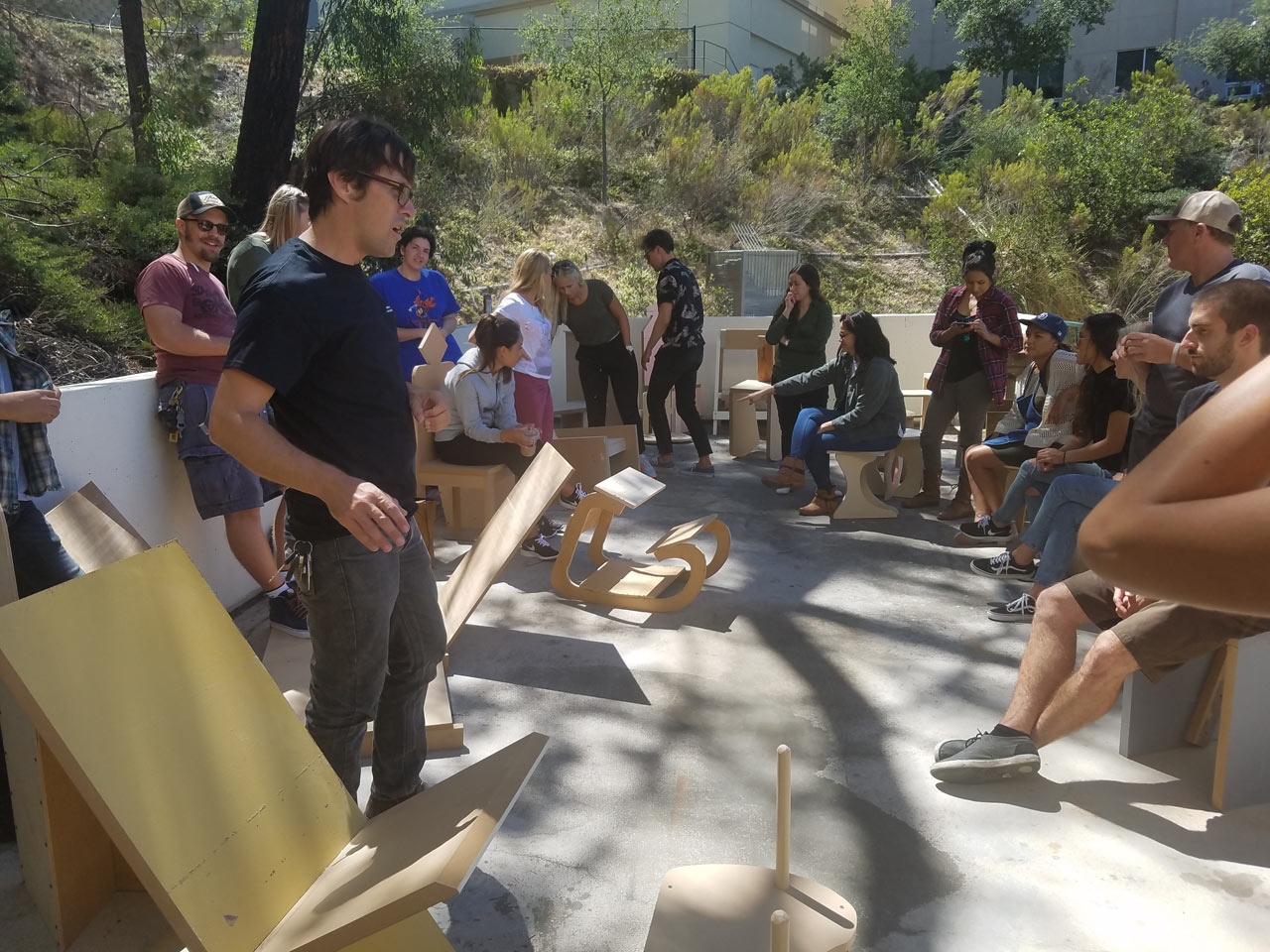
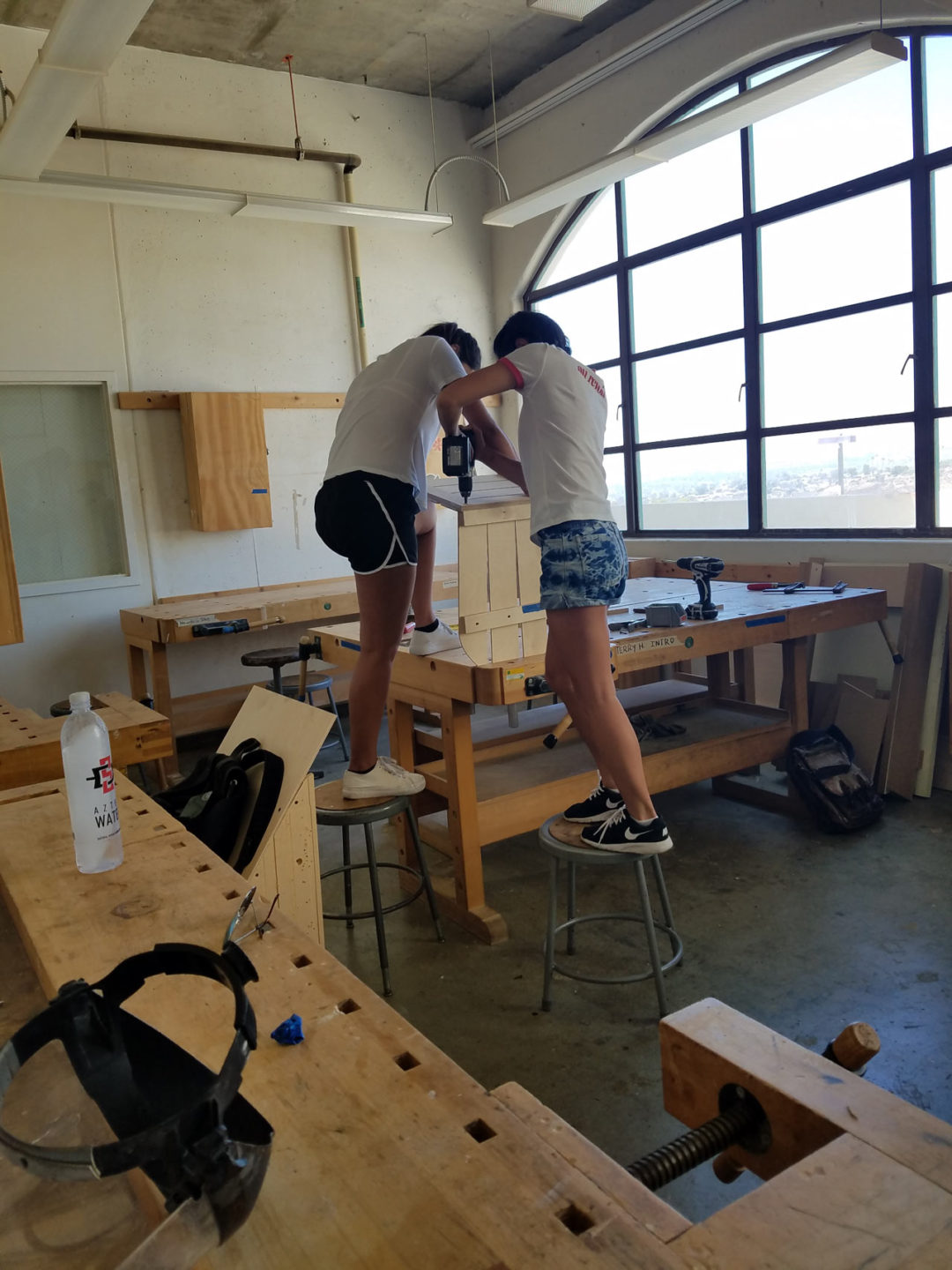
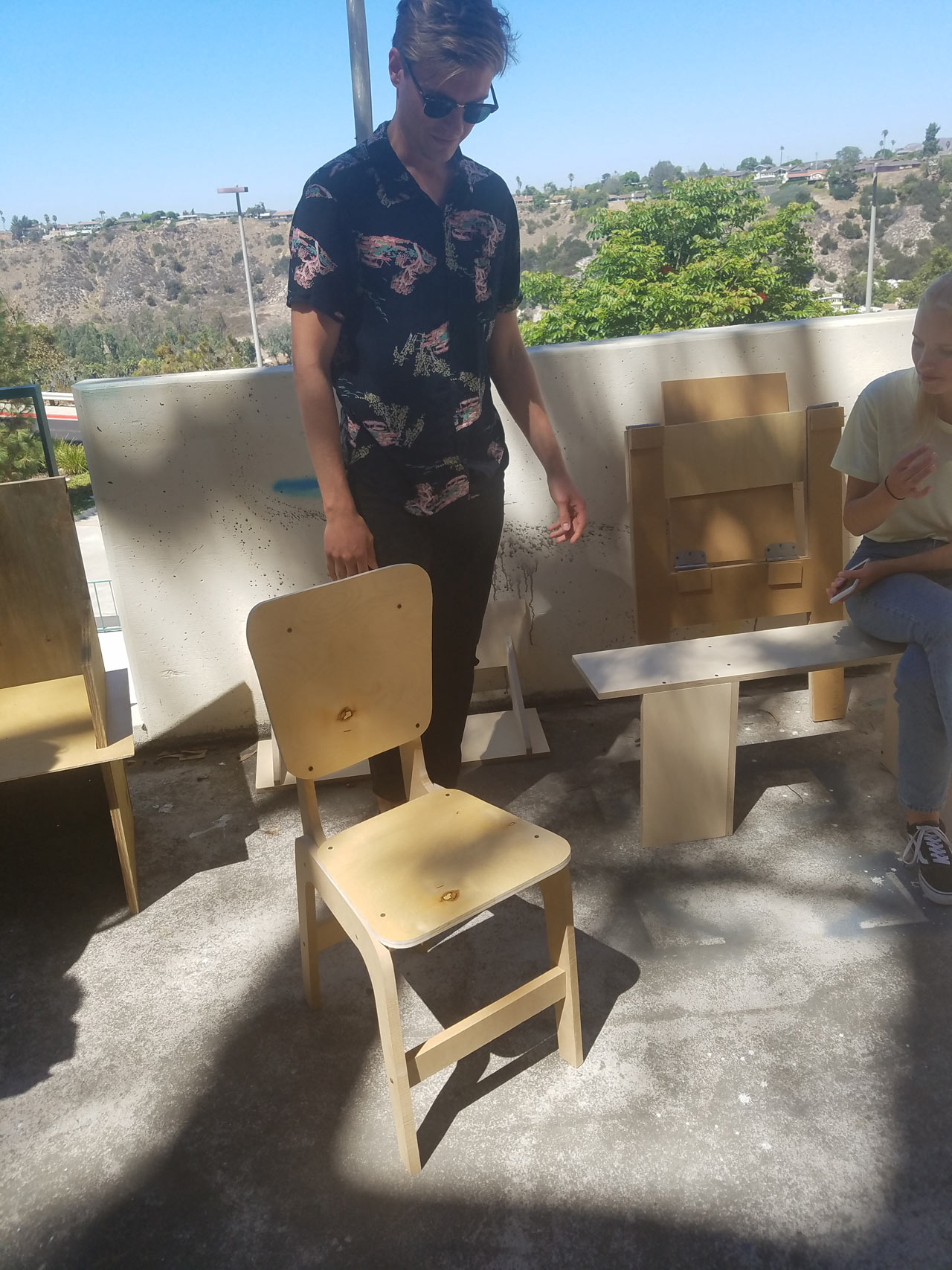
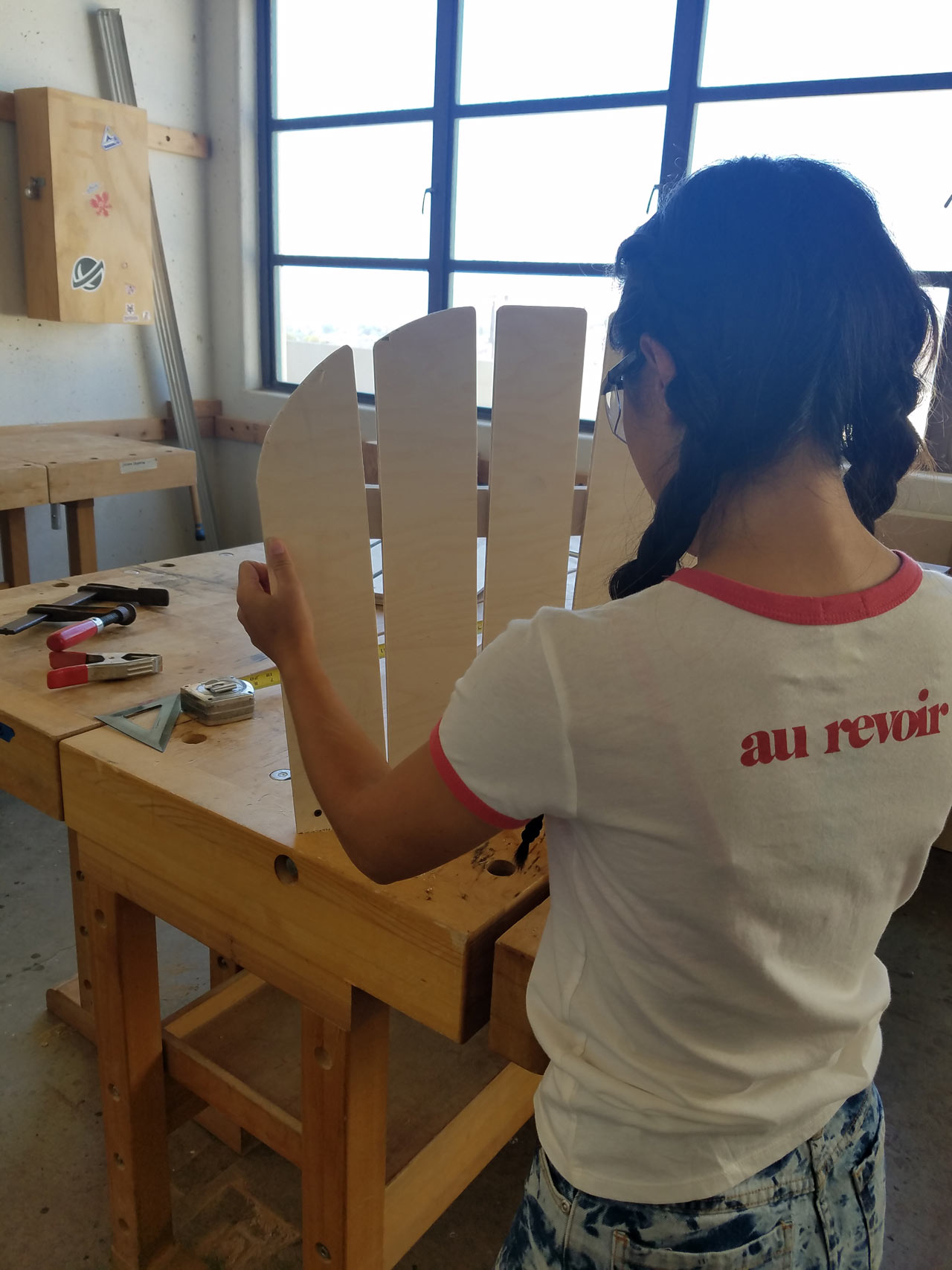
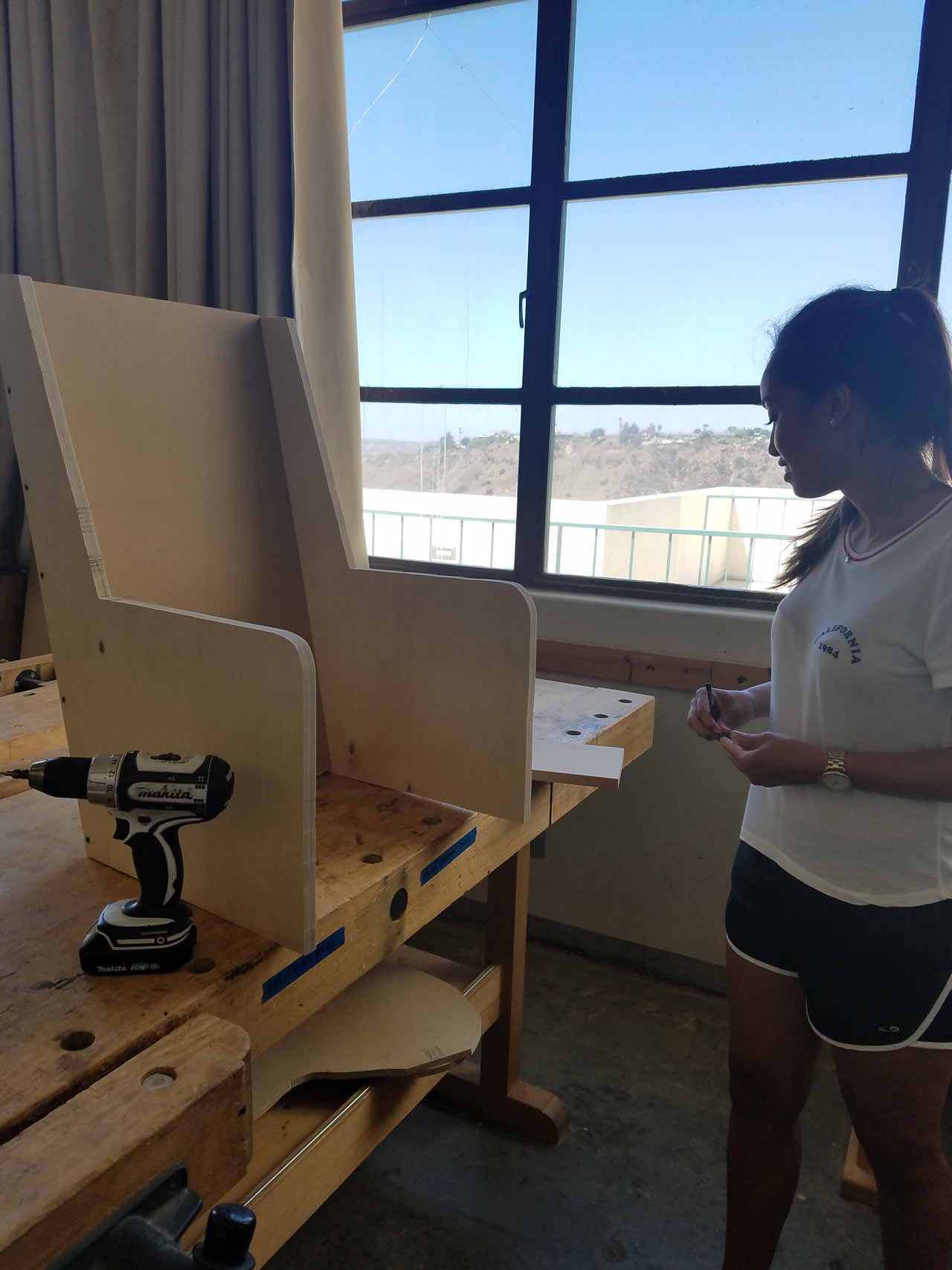
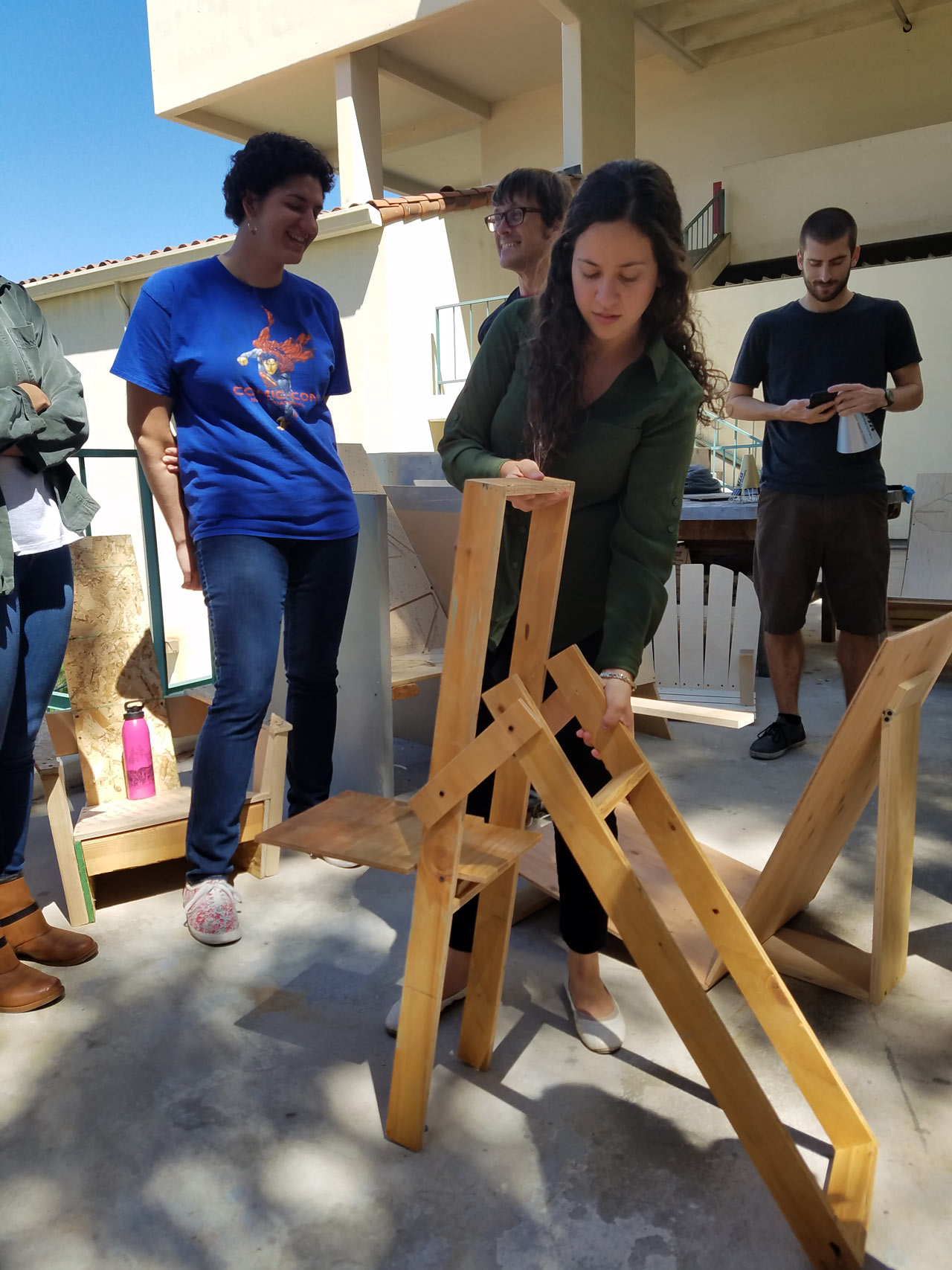
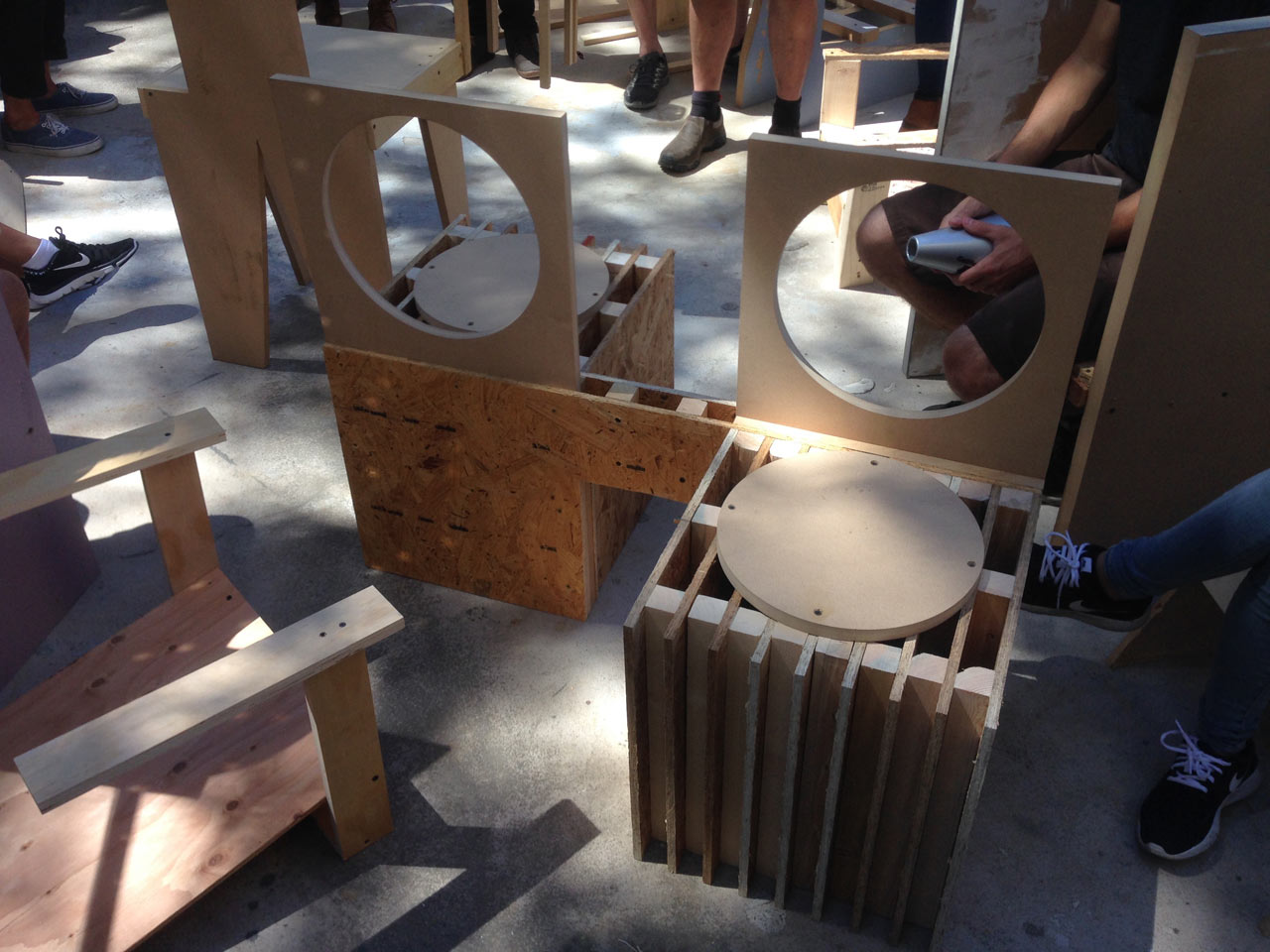
No comments:
Post a Comment